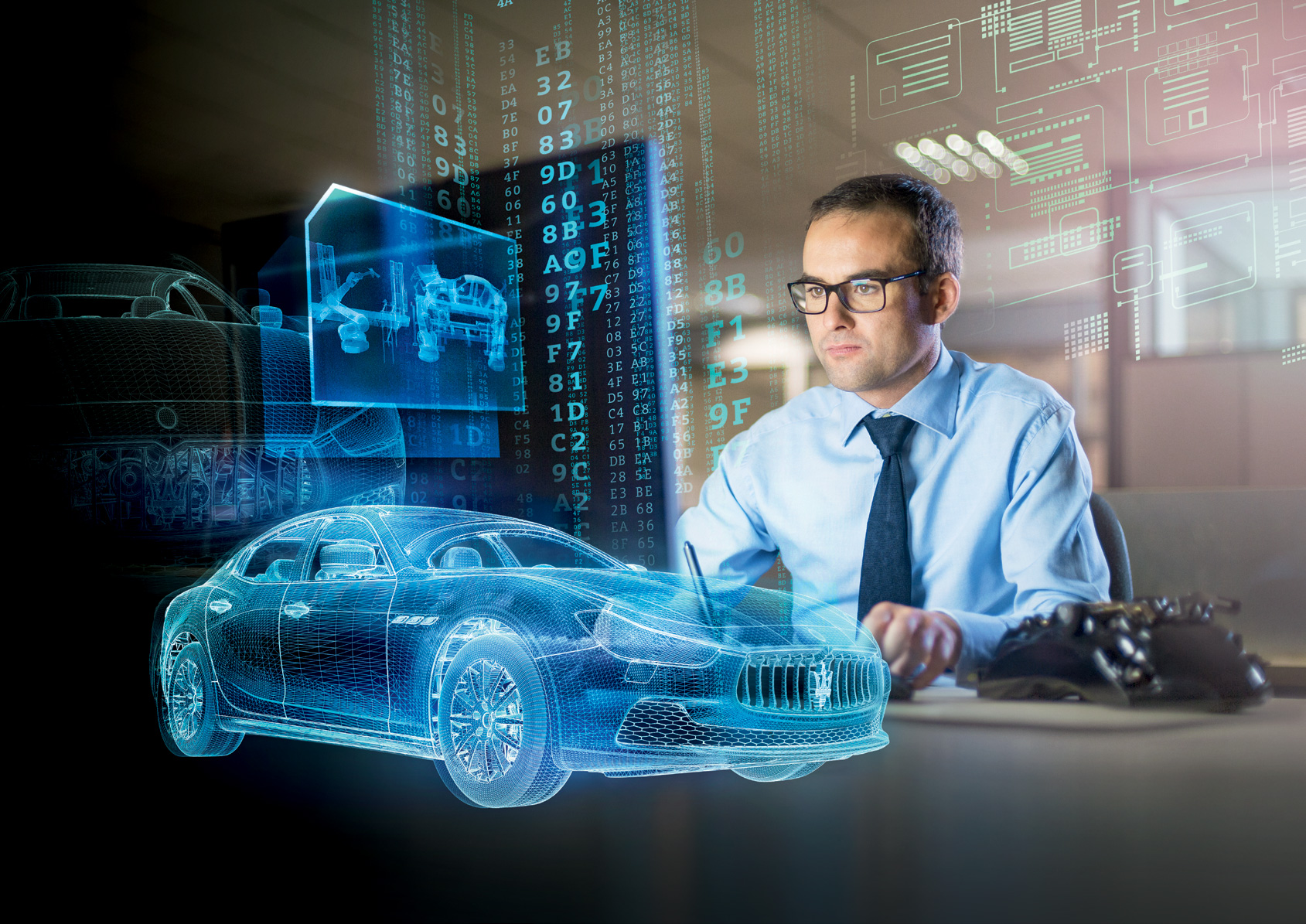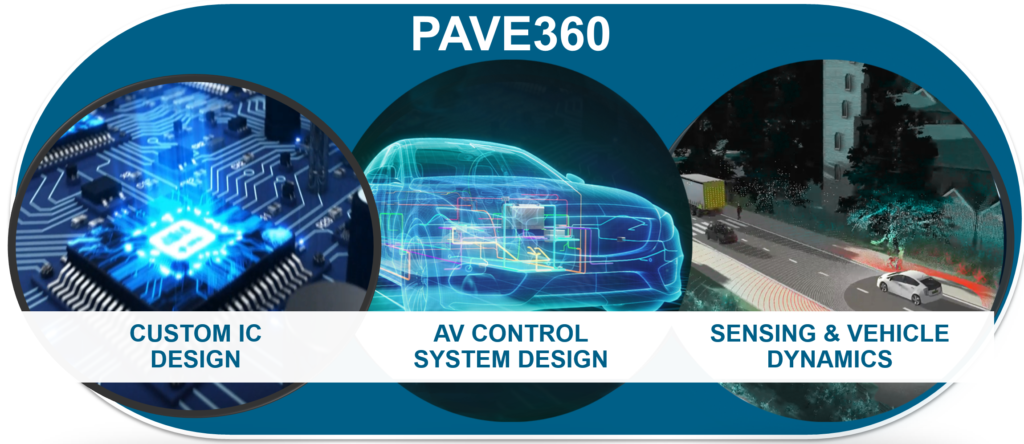AI enhances simulation of the digital twin

If you are in the business of creating a product, you probably dream of a day when you can enter your new idea into a software toolchain, add a few parameters, and simulate the idea using real world stimulus. That way, you can see if the idea works within the context of an entire system before toiling away specifying the details of the design. At Siemens, we call this the digital twin. But, there is not just a digital twin of your design that you can simulate. There is also a digital twin of the manufacturing process to realize the design and there is a digital twin of the design itself being utilized out in the world. These are all tied together in a way that allows you to use feedback for continuous improvement from downstream and to feed insights forward. When your design is operating out in the field, data can be fed back to the matching digital twin that you can then use to either improve the design or send out a software upgrade.

An example of a toolchain built on the digital twin concept is PAVE360. It is a complete autonomous vehicle verification and validation environment modeled at the system level that represents a twin image of the physical vehicle and its driving surroundings. PAVE360 is used to verify a custom IC within the vehicle before it is implemented in silicon. The virtual IC test environment implements driving scenarios captured and modelled through a software program and replayed via the sensors. This software can also generate and synthesize driving scenarios given a set of bounding parameters. It is possible to replay traffic flows and to mimic vehicle interactions with other vehicles or with the surrounding environment. Actuators modelled in software are simulated using a high-level simulator that is fed with the responses of a custom IC.

This digital twin is created using digital models representing the environment that the custom IC operates in and it could include models of sensors, mechanical actuators, sensors, processors, connectivity networks and driving scenarios.
The digital twin requires models that can be represented at various levels of abstraction. For example, you might have a black-box model that only generates inputs and outputs without any details as to how those elements are actually implemented. Or, you could have a very detailed model of one element in the system.
Simulation technology within the digital twin can help you test how products respond to real-world scenarios, but there are challenges to this approach which include the massive amount of time these simulations take to complete, various levels of model complexity, and a lack of specific domain knowledge for some models in the overall system. To overcome these challenges, companies are turning to artificial intelligence (AI) for help.
We wanted to study the AI aspect of the digital twin, so we sponsored a special report that MIT Technology Review Insights created. This report found that:
- AI can simplify and drastically reduce simulation time.
- AI can quickly utilize data from prior simulations, augmenting the expertise and knowledge of the team.
- AI-enhanced simulation allows for quick “what-if” scenarios early in the design cycle and this can minimize making mistakes that can affect downstream elements of the system.
The report also shares that AI can transform your business:
“Applying AI to simulation also promises business benefits—accelerating business decision-making, introducing cost savings, spearheading innovation, and ultimately helping organizations offer better products and services. And as AI hones simulation, simulation can enhance AI projects—by giving the algorithms that fuel AI more data and, in turn, more opportunities to “learn” and self-improve.”
If you are using a digital twin or considering one, you should contemplate the benefits that AI can deliver. The start of that journey is to read the MIT Technology Review Insights report.


